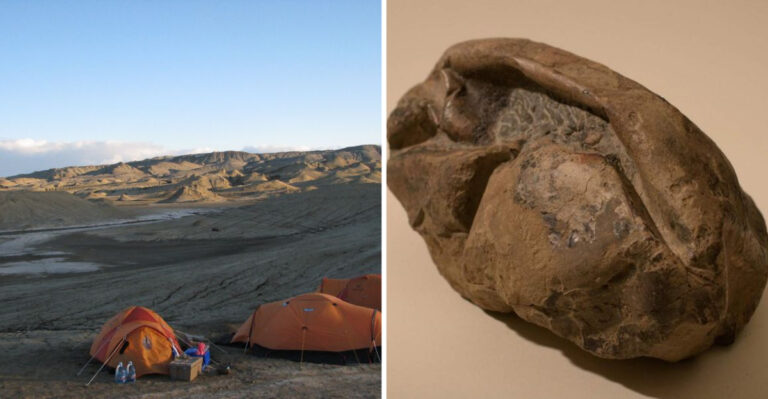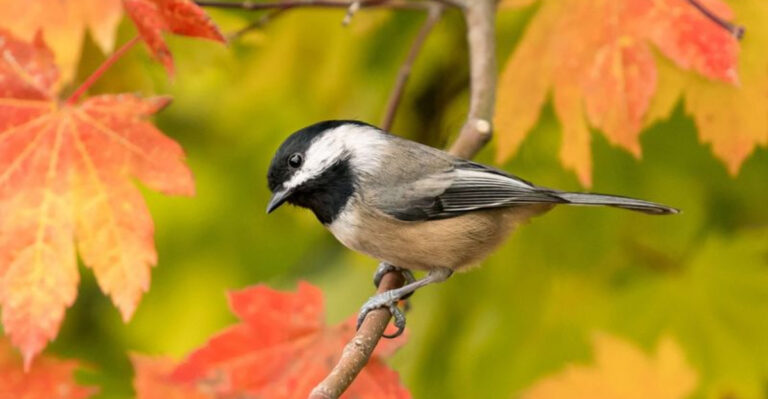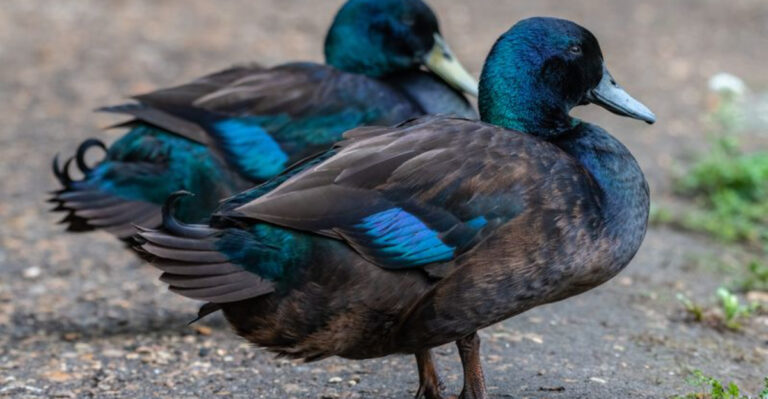15 Ways Beavers Are Helping Prevent Wildfires In The West
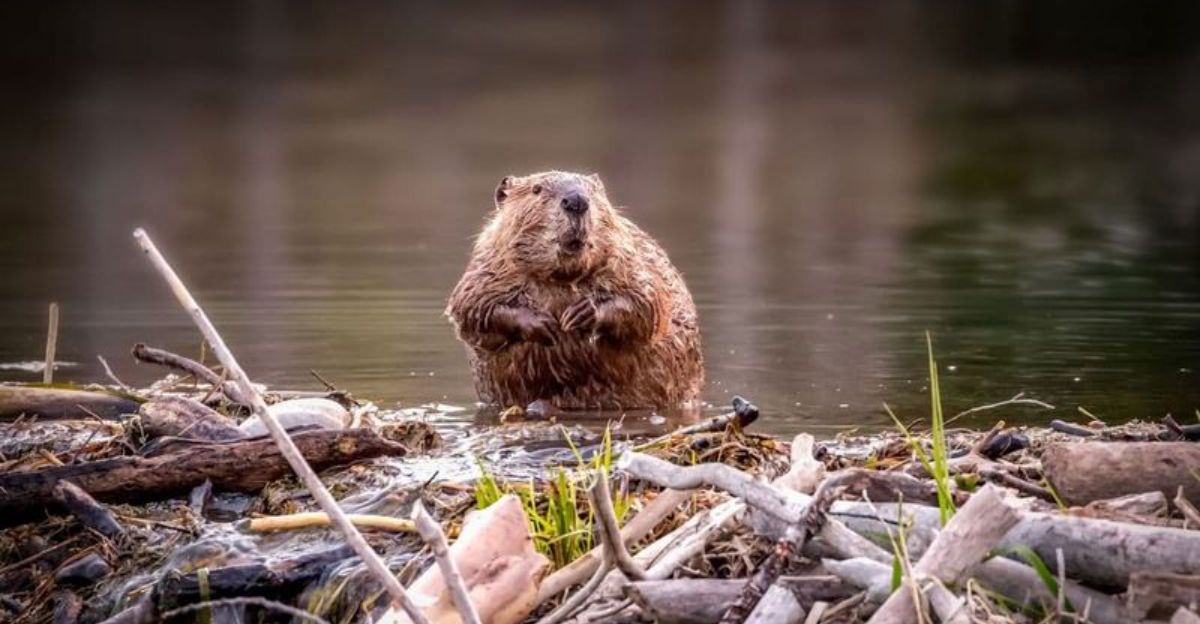
Nature’s engineers are quietly becoming wildfire fighters across the western landscapes. Beaver dams transform dry creek beds into lush wetlands that act as natural firebreaks when flames approach.
As climate change intensifies drought conditions and extends fire seasons, these buck-toothed rodents are emerging as unexpected allies in wildfire prevention efforts.
1. Wetland Wizards
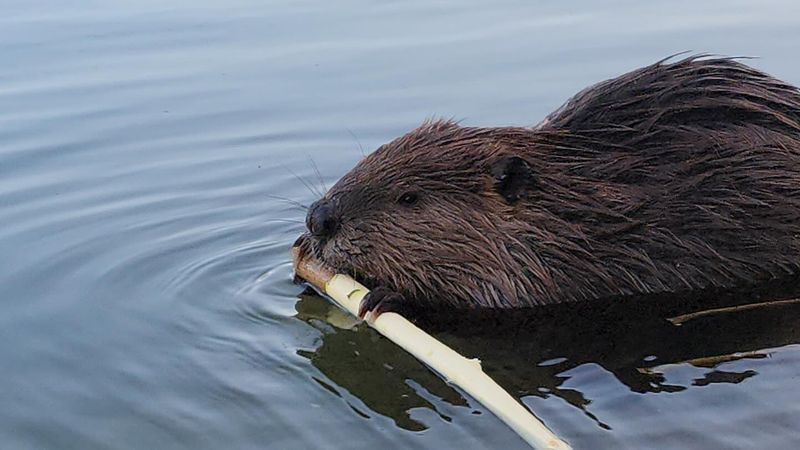
Ever seen a wetland appear seemingly out of nowhere? Thank a beaver family! Their engineering transforms bone-dry creek beds into soggy marshes that resist burning even during intense fires.
Research shows these wetlands can remain fire-resistant even when surrounding forests go up in flames. The expanded riparian zones they create act like green, flame-retardant ribbons stretching across otherwise combustible landscapes.
2. Groundwater Rechargers
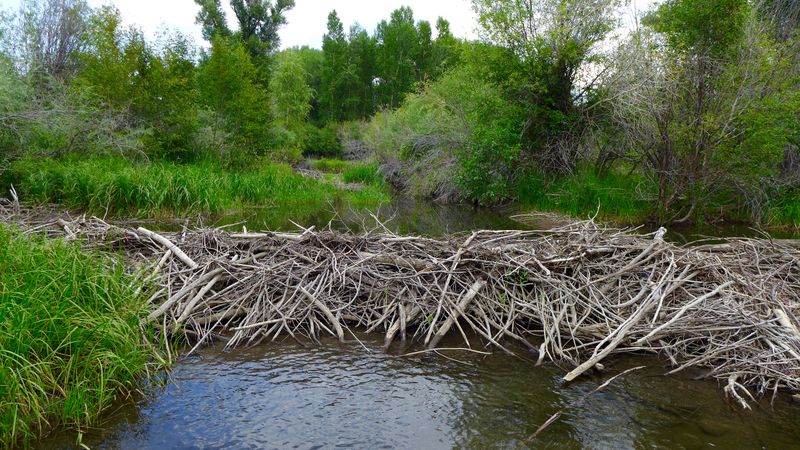
Like natural sponges, beaver complexes soak up water and slowly release it into the surrounding soil. This isn’t just good for plants – it’s fire prevention magic at work!
The elevated water table creates underground moisture reserves that trees tap into during drought. Studies show vegetation near beaver ponds maintains higher moisture content throughout fire season, making them significantly less likely to ignite when sparks fly.
3. Water Storage Champions
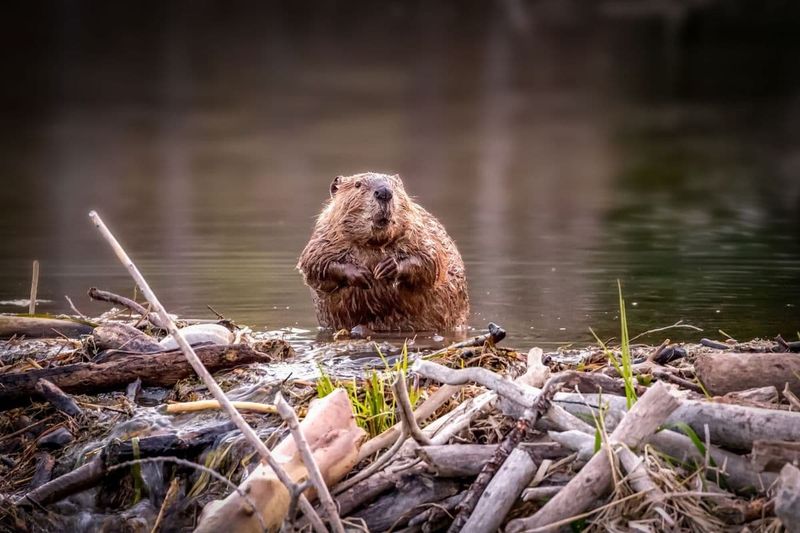
Those wooden dams aren’t just architectural showpieces – they’re water-banking systems! Each beaver pond can store thousands of gallons that would otherwise rush downstream during spring runoff.
This captured moisture lingers throughout dry summer months, keeping surrounding vegetation greener and less likely to burn. When wildfire approaches, these ponds act like natural moats, slowing or stopping fire’s advance.
4. Natural Firebreak Creators
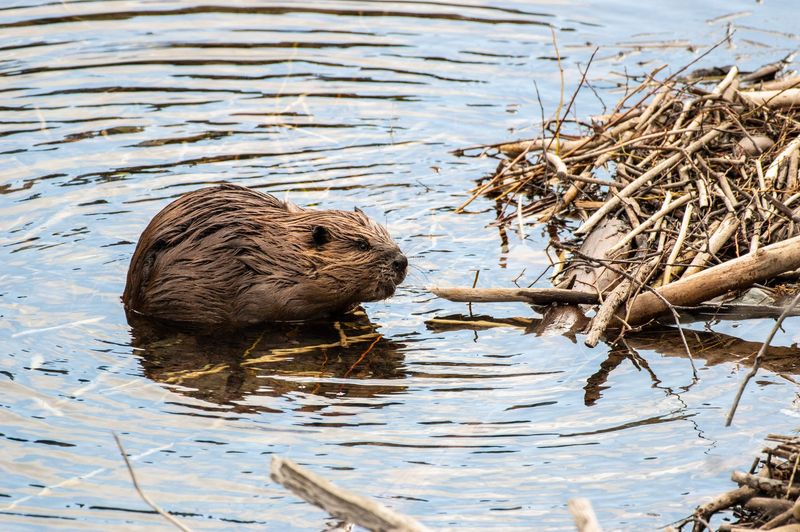
When flames race across parched landscapes, they often meet their match at beaver-engineered waterways. These soggy zones create natural firebreaks that can halt advancing wildfires in their tracks.
Firefighters now actively map beaver complexes when planning containment strategies. The wider and wetter the beaver-influenced corridor, the more effective it becomes as a ready-made fire control line that requires no human construction.
5. Stream Flow Regulators
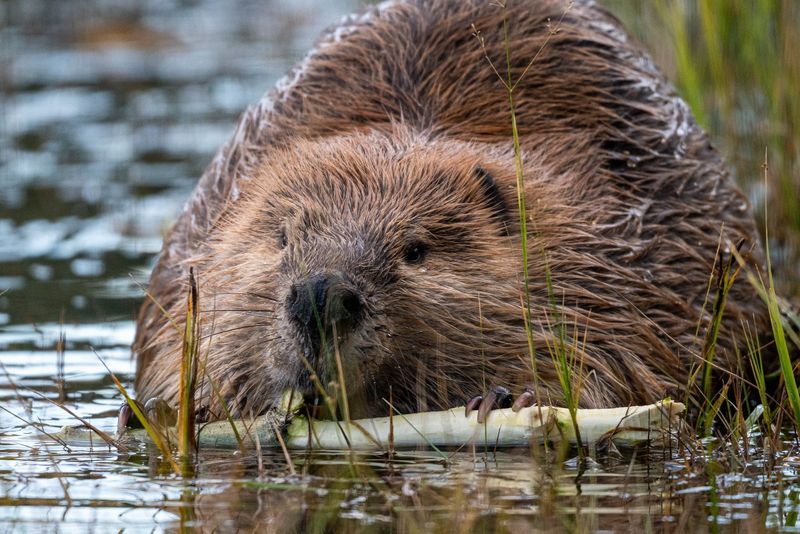
Flash floods after wildfires? Not where beavers reign! Their dam networks slow water movement, converting gushing torrents into gentle flows that meander across the landscape.
This regulated water release keeps streams flowing even during late summer when fire danger peaks. The consistent moisture prevents streamside vegetation from drying out and becoming potential wildfire fuel, creating fire-resistant green corridors throughout vulnerable forests.
6. Plant Diversity Boosters
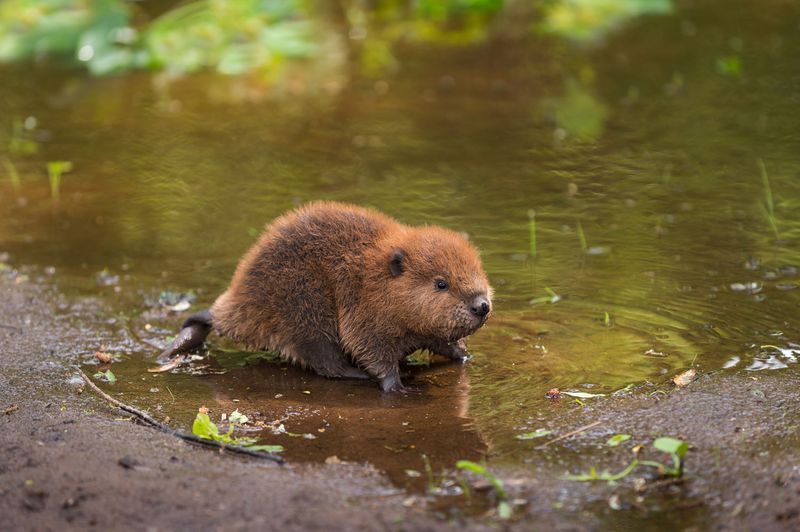
Who knew rodents could be botanical geniuses? Beaver ponds foster amazing plant diversity, replacing fire-prone pine monocultures with fire-resistant wetland species.
Willows, sedges, and other water-loving plants thrive in these damp environments. Unlike their coniferous neighbors, these moisture-rich plants don’t readily burn during wildfires. This diversity creates natural mosaic patterns that can slow or redirect advancing flames.
7. Drought Impact Reducers
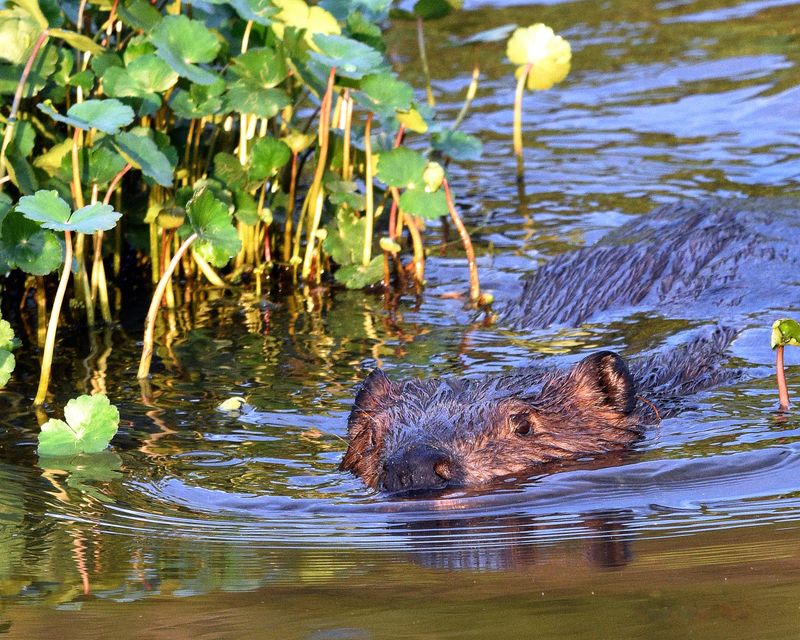
While other streams might vanish during extended dry spells, beaver-influenced waterways keep flowing. Their dam-and-pond systems essentially drought-proof small watersheds by holding water in place.
This moisture persistence means less tinder-dry vegetation during critical fire months. Satellite imagery confirms that beaver-modified areas remain as green islands even when surrounding landscapes turn brown and combustible during severe drought conditions.
8. Post-Fire Recovery Accelerators
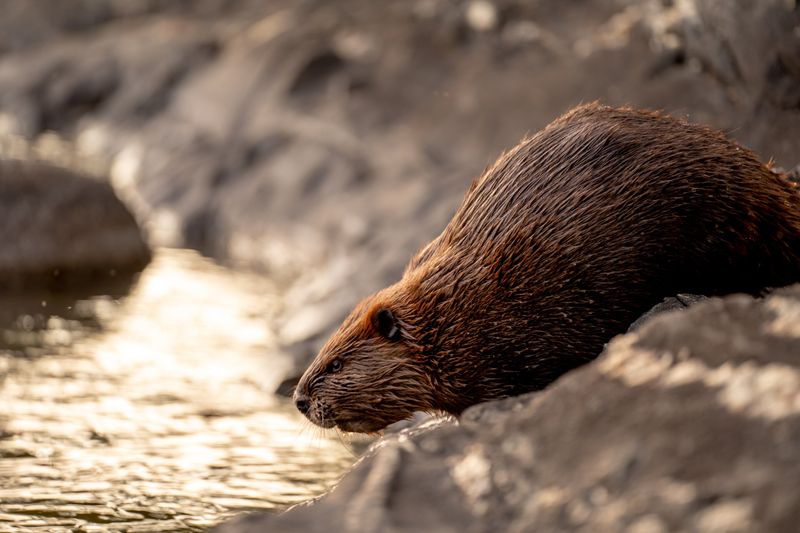
Talk about impressive comeback stories! Beaver territories bounce back from wildfires significantly faster than beaver-free zones. Their water-engineering prowess creates perfect conditions for rapid vegetation regrowth.
The moisture-rich soil supports quick regeneration of plants and trees. This faster recovery reduces the window of vulnerability when landscapes are most susceptible to repeat burns, helping break the destructive cycle of increasingly frequent wildfires.
9. Meadow Maintainers
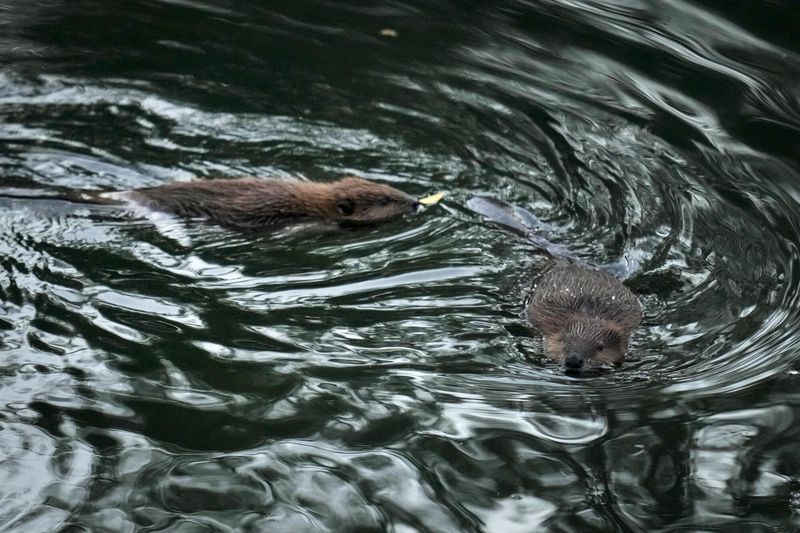
Forest edges meeting meadows are prime spots for wildfire ignition and spread. Beaver engineering transforms these transition zones into soggy meadows that resist burning.
The moisture gradient they create softens the abrupt boundary between forest and open space. By maintaining these green, damp meadows throughout fire season, beaver activity creates defensive zones that help contain wildfires before they can expand into larger conflagrations.
10. Microclimate Modifiers
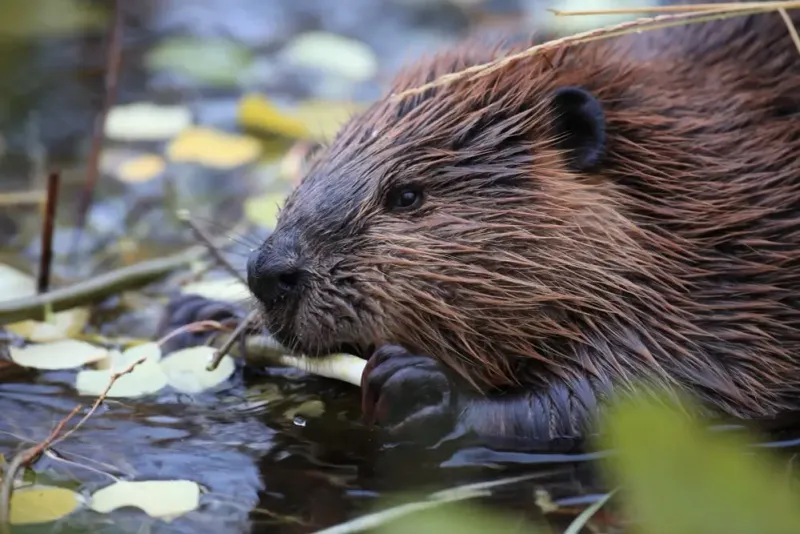
Step near a beaver pond on a scorching day and feel the difference immediately! These aquatic features create cooling microclimates that extend well beyond the water’s edge.
The evaporative cooling effect increases humidity and lowers temperatures in surrounding areas. This localized climate modification reduces the extreme conditions that favor wildfire ignition and spread, essentially creating natural air conditioning for fire-prone landscapes.
11. Wildlife Refuge Providers
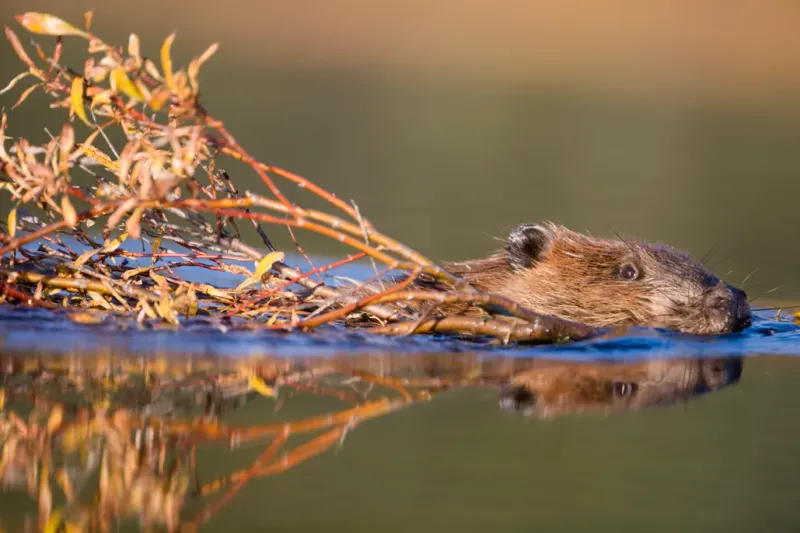
When wildfires approach, animals need escape routes and safe havens. Beaver ponds act as natural refuges, offering protection during active fires.
These water features help preserve wildlife and contribute to faster ecosystem recovery. By maintaining biodiversity, beaver complexes aid landscapes in bouncing back more quickly.
12. Sediment Trappers
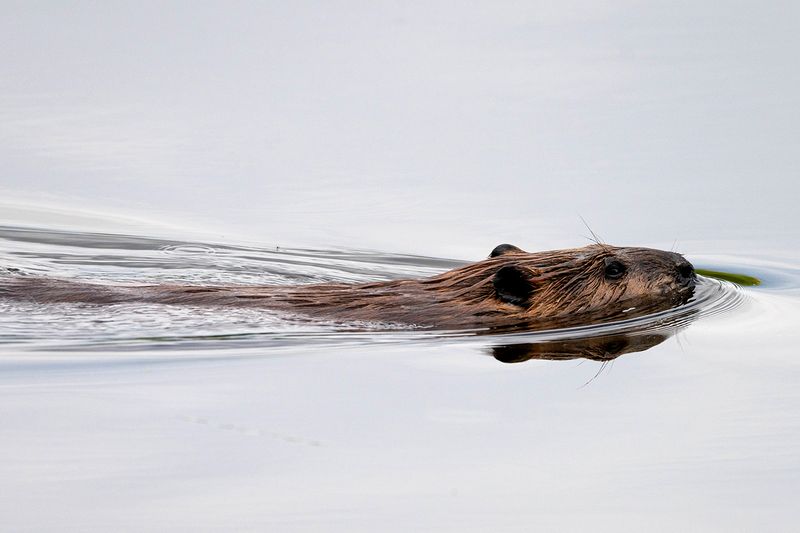
Mountain slopes stripped bare by wildfires often unleash devastating mudslides with the first heavy rain. Beaver dams act like natural debris catchers, trapping sediment that would otherwise choke waterways.
By stabilizing watersheds after burns, beaver engineering reduces the cascading environmental damages that often follow wildfires, helping landscapes recover more quickly.
13. Carbon Sequestration Specialists
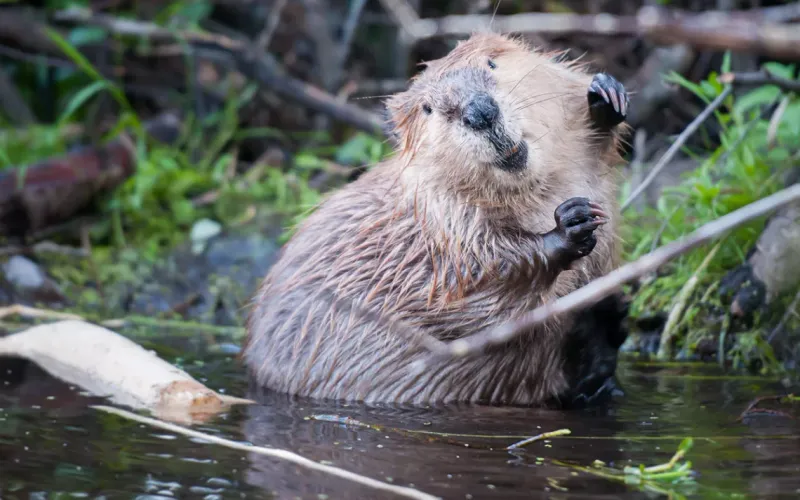
Fighting climate change while preventing wildfires? These industrious rodents are multitaskers! Beaver wetlands trap significant amounts of carbon in saturated soils where decomposition slows dramatically.
This carbon sequestration helps mitigate the climate conditions driving more frequent and intense wildfires. The moist, carbon-rich environments they create are naturally fire-resistant, forming a virtuous cycle where carbon storage and fire prevention reinforce each other.
14. Snow Retention Enhancers
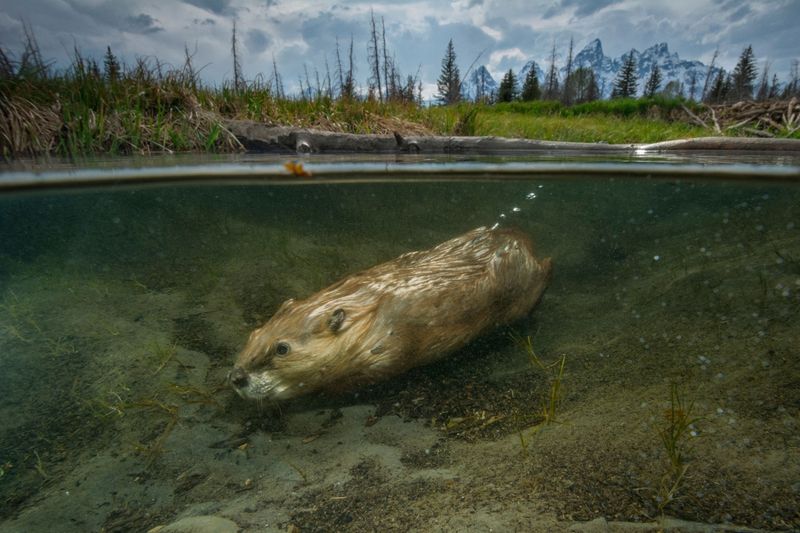
Winter snowpack now melts too quickly, leaving forests dry by midsummer. Beaver dams slow down the melt and capture runoff, extending water availability.
The shaded ponds they create protect snow from rapid spring melting. This natural system ensures moisture lasts through the fire season, extending winter’s fire-suppressing benefits into summer.
15. Low-Cost Firefighting Allies
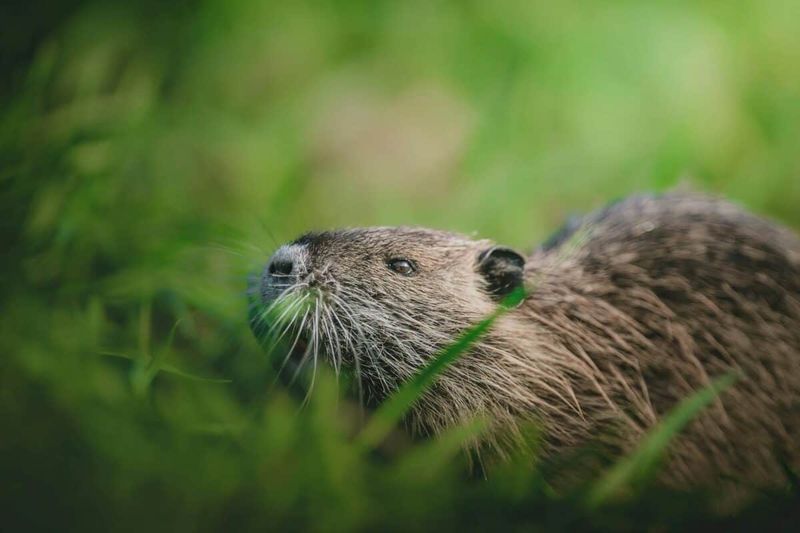
Wildfire suppression costs billions annually, but beaver-based solutions come at a fraction of the price. A single beaver family can maintain water features that would cost hundreds of thousands in human-built infrastructure.
Conservation groups now actively relocate beaver families to strategic locations for natural fire protection. This cost-effective approach leverages nature’s engineers to create and maintain fire-resistant features that would be prohibitively expensive if built and maintained by humans.


